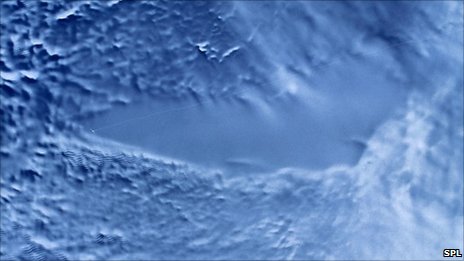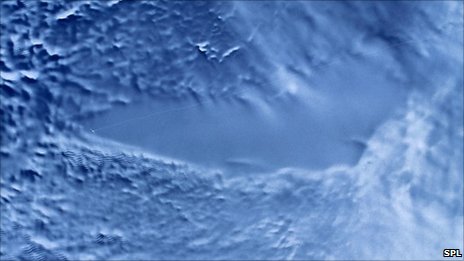
It’s a holiday in Lake Vostok where you’ll do what you’re told (and be very cold).
No, Lake Vostok is not some beautiful sylvan locale where Chekhov characters go to trade regrets and bon mots. It is instead the largest of hundreds of glacial lakes lying several miles below the surface of Antarctic ice. Scientists only reached the lake a few months ago after 20 years of drilling. And now that they’ve had some time to look into what’s actually in this lake they were so eager to reach, they have discovered a bacterium so weird it is kind of tripping them out.
At first, the bacteria found in lake samples were thought to come from the kerosene used to lubricate the drilling apparatus. But a closer look revealed that besides these prosaic contaminants, the samples contained a type of bacteria that was a little more usual, i.e. not like anything the scientists had ever seen before:
The genetic samples show less than 86 per cent similarity to the known major groups of bacteria. That could mean it belongs to an entirely new division, says [researcher Sergey] Bulat, although he concedes that it could just be a new species.
“This is encouraging, but we don’t really know much about it,” says David Pearce of the British Antarctic Survey in Cambridge, UK. He says it would have been surprising if there hadn’t been life in Lake Vostok, as organisms manage to survive in all manner of extreme environments. More interesting, he says, is what the life in Vostok looks like, and how different it is to everything else on Earth.
Scientists still don’t know exactly where the sample came from — lake water, or sediment at the bottom of the lake — and better tests will have to be done to determine the exact nature of this microbe. That said, they are rather interested to have found, here on Planet Earth, a type of bacteria unlike any kind ever seen before. Let’s hope they learn more about it before Antarctica is just a flood seeping over the Argentine pampas.




